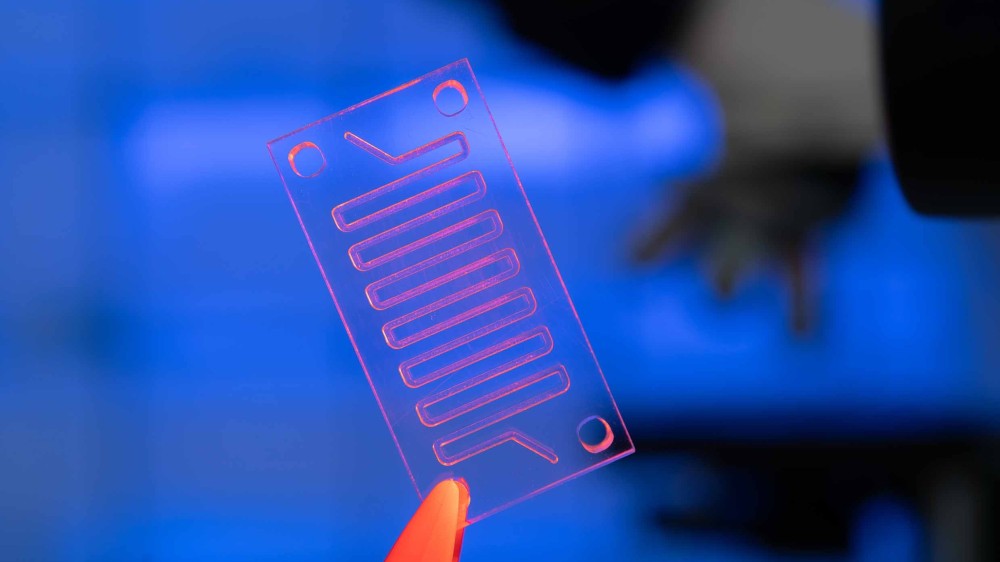NC3Rs grant holders receive funding in MRC call

£15.9M awarded to develop human in vitro models of complex disease.
The NC3Rs has a strong track record in investing in in vitro models of human disease that replace the use of animals. We have recently partnered with the MRC, Wellcome and Innovate UK on a funding call to develop human in vitro models of complex disease. While the call primarily focused on human health benefits, our expertise ensured that the animal replacement potential of the work was considered as part of the grant assessment process.
Five interdisciplinary teams were awarded a total of £15.9M with projects focusing on the development of in vitro models of the liver, brain, blood vessels, cancer and pain. The teams include previous NC3Rs award holders, with one of the projects led by Amir Ghaemmaghami and Nick Hannan at the University of Nottingham building on a platform developed with NC3Rs Project grant funding (see case study below).
John Greenman, Alan Harper and Sarah Jones who have previously received NC3Rs funding will be collaborating from their universities across the UK to engineer artificial blood vessels to study thrombosis. Darryl Overby, a recipient of an NC3Rs Project grant in 2022 will join a team tackling barriers to adoption of live human tumour cultures in cancer research.
We will continue to work with the teams as the projects progress to ensure that the 3Rs impacts of these models are exploited.
Case Study: MIMIC, an interconnected multiorgan platform to recreate the complex pathophysiology of the Metabolic Dysfunction-Associated Steatotic Liver Disease
Amir Ghaemmaghami, University of Nottingham
Metabolic Dysfunction-Associated Steatotic Liver Disease (MASLD) is a leading cause of chronic liver disease and is recognised as a complex, multi-system condition resulting from an interplay between metabolic dysregulation, inflammation, gut-liver interactions and individual genetic factors. Progress in developing effective treatments for MASLD has been limited by the lack of human-relevant models that capture the complexity of the condition. Using a stem cell-based microfluidic device developed through NC3Rs funding, this project will create immunocompetent models of the gut, liver, and adipose tissue from pluripotent stem cells generated from MASLD patient blood samples. They will culture these as interconnected tissues, mimicking their interactions within the human body and increasing the human-relevance of the model. The MIMIC platform will enable the team to study how interconnected systems contribute to liver fibrosis in MASLD and to test potential therapeutic approaches. Results will be benchmarked against clinical data, representing a critical step toward validating these in vitro models for academic and industrial drug discovery and testing.
